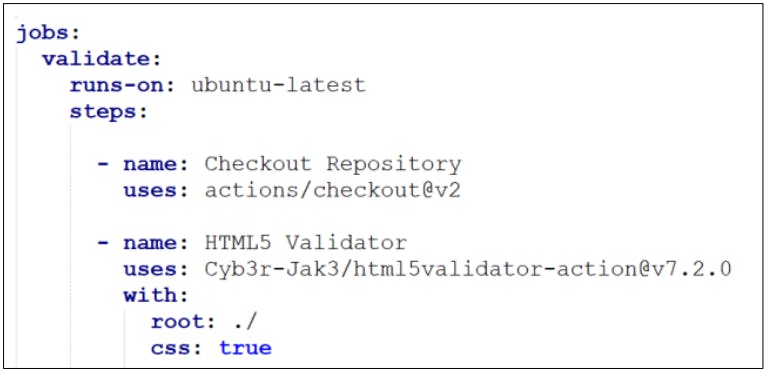135 reads
Teaching High School Students Software Engineering: Project Implementation
by
July 4th, 2024
Audio Presented by

Do you have that technical eye for details? Quality Assurance may be for you. #1 in QA Career Development Opportunities
Story's Credibility

About Author
Do you have that technical eye for details? Quality Assurance may be for you. #1 in QA Career Development Opportunities
